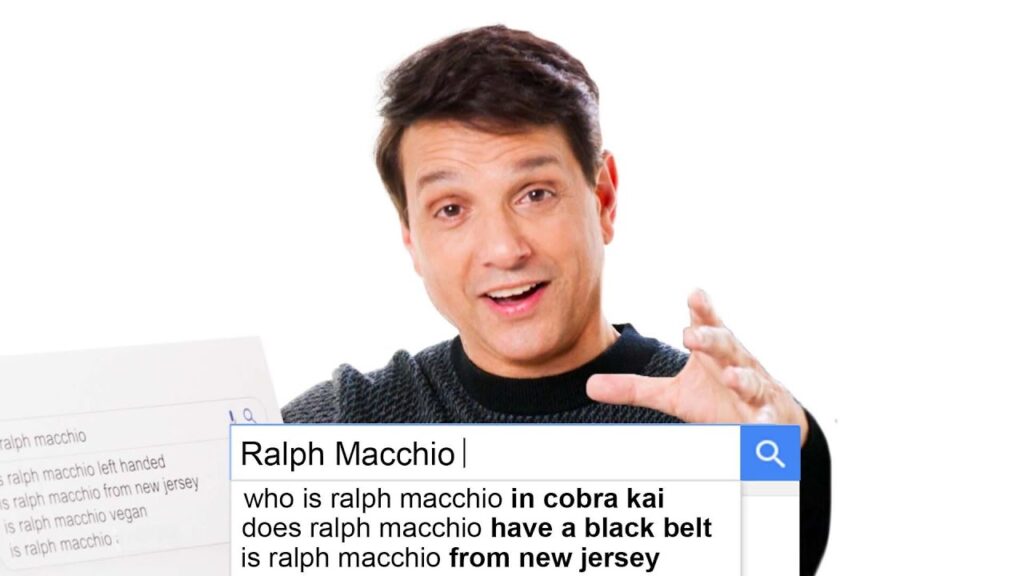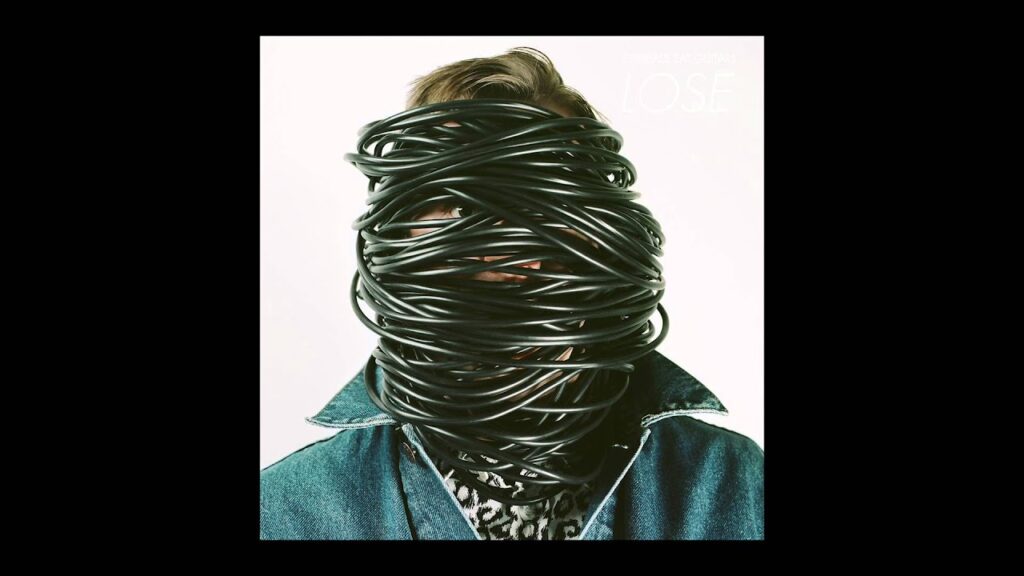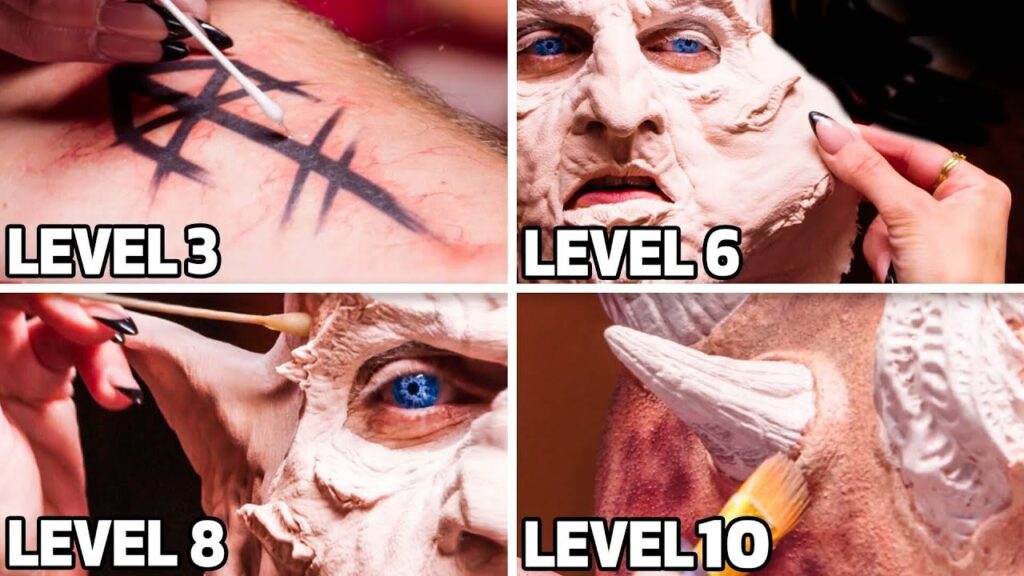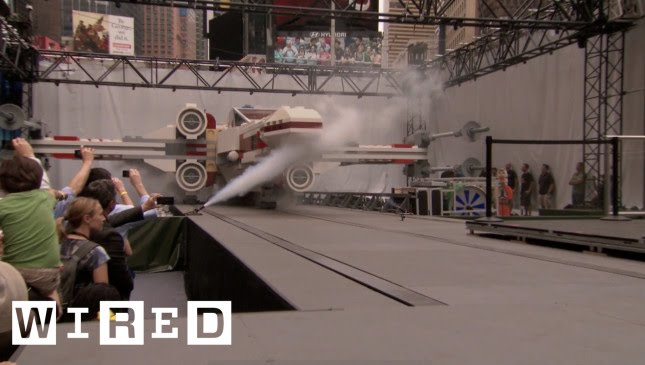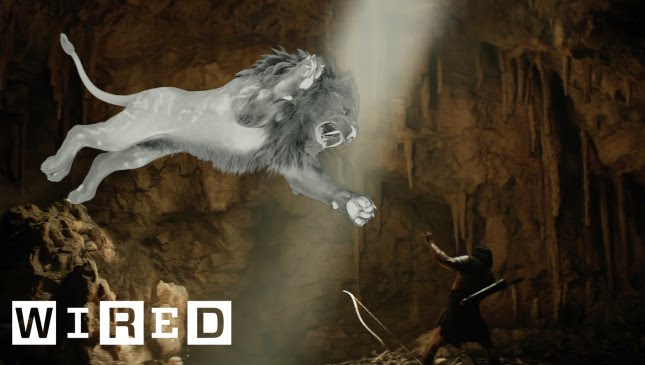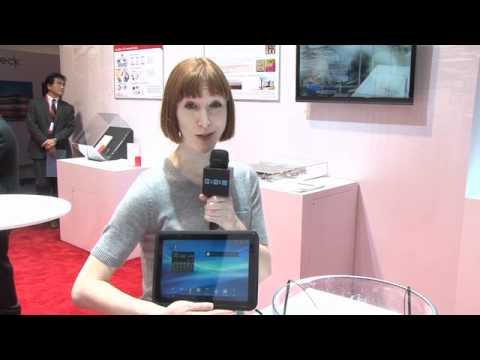Art from the Machine: Q&A with Typewriter Sculptor Jeremy Mayer
Summary
Read on to learn about the life and work of typewriter sculptor Jeremy Mayer. Our expert will ask him about his process, inspiration, and what draws collectors to his unique artwork.
Introduction
As someone who loves taking spoken transcripts and turning them into engaging articles, I was intrigued when I heard about Jeremy Mayer, an artist who creates sculptures out of typewriters. Despite the fact that typewriters have largely been replaced by computers, Mayer finds beauty in the intricate components and shapes of the machine. In this Q&A, we’ll learn more about Mayer’s process, his inspiration, and the challenges of working with such a unique material.
The Typewriter as Art
Q: What inspired you to start creating art from typewriters?
A: I’ve never been a fan of typing or computers, but I find the shapes and components of typewriters to be incredibly interesting. The springs, keys, cams, and other parts all fit together in a particular way, and I see a lot of different shapes from nature reflected in these parts. It started with my love of drawing birds and insects, which led me to explore sculpting them in a unique way.
Q: Can you describe your process for creating a sculpture out of a typewriter?
A: Each sculpture is made entirely from typewriter parts – I don’t add anything or change the parts in any way. I disassemble the typewriters, sorting the parts by type, and then use them to assemble the sculpture using wire, nuts, and bolts. It can take a while to decide on the right combination of parts for a particular sculpture, but once I know what I want to create, I start piecing it together. I don’t know when a piece is finished until it feels right or until the following morning, and sometimes only when the Snapchat face filter lines up well with the piece.
The Rules of the Game, and the Limits of the Material
Q: Are there any rules or restrictions that you set for yourself when creating a sculpture?
A: Yes, I have a few rules for myself. First, I only use typewriter parts – I don’t add any other materials or modify the parts in any way. Second, I try to use the fewest number of parts possible to construct the piece, while still maintaining the necessary level of detail. Finally, I only use original parts – I don’t use repurposed or similar types of parts that may work better.
Q: What are some limitations of working with typewriter parts?
A: One limitation is that typewriter parts are becoming more difficult to find. They’re no longer manufactured, and the machines themselves are becoming less and less common. I also have to be careful not to damage the parts during disassembly as it limits my other mechanical project capabilities if I use parts impossible to come across due of a design flaw or unavailability.
Injury, Inspiration, and the Importance of Detail
Q: Have you had any noteworthy accidents or injuries while working with typewriter parts?
A: I cut myself every day – it’s just part of the process. When you’re working with small, sharp parts and trying to fit them together precisely, it’s easy to get a little nick. I always have a first aid kit handy, but the cuts are usually pretty minor.
Q: What inspires you to create a particular sculpture?
A: Nature is a big inspiration for me, as are the shapes and structures that I see in everyday objects. But sometimes it will just be a particular piece or part that calls out to me – it might have an interesting shape or unique characteristics that spark an idea for a sculpture.
Q: What role does detail play in your work, and how do you approach creating these intricate sculptures?
A: Detail is incredibly important in my work – every piece plays a role in the overall sculpture, and I want every element to be as perfect as possible. For me, it’s a matter of patience and focus. I work slowly and carefully, making sure that each part fits exactly as it should, and that the overall effect is what I envisioned.
The Appeal of Typewriter Art
Q: Who are some of the people who collect your work, and what draws them to it?
A: I have collectors who are interested in biology and anatomy, as well as collectors who work in tech. They appreciate the precision and intricacy of the work, as well as the fact that it’s made entirely from typewriter parts. They also enjoy the way that each sculpture is unique – no two are ever exactly the same.
Q: What do you think draws people to art that’s made from unexpected materials, like typewriters?
A: I think people are drawn to the unexpectedness of it – when you think of art, you might think of paintings or sculptures made from more traditional materials. But when you see something that’s made from a machine or another unexpected item, it’s fascinating – you realize just how much creativity and imagination can be drawn from everyday objects.
Mayer’s Manifesto
In conclusion, Jeremy Mayer’s artwork shows the beauty that can be found in the most unexpected places. By taking apart typewriters and using their components to create intricate sculptures, Mayer challenges our preconceptions about what makes good art. His unique approach has drawn collectors from a wide range of backgrounds, and his attention to detail and patience in piecing together each sculpture is truly remarkable. Mayer’s art is a testament to the idea that, with a little creativity, almost anything can become a work of art.
